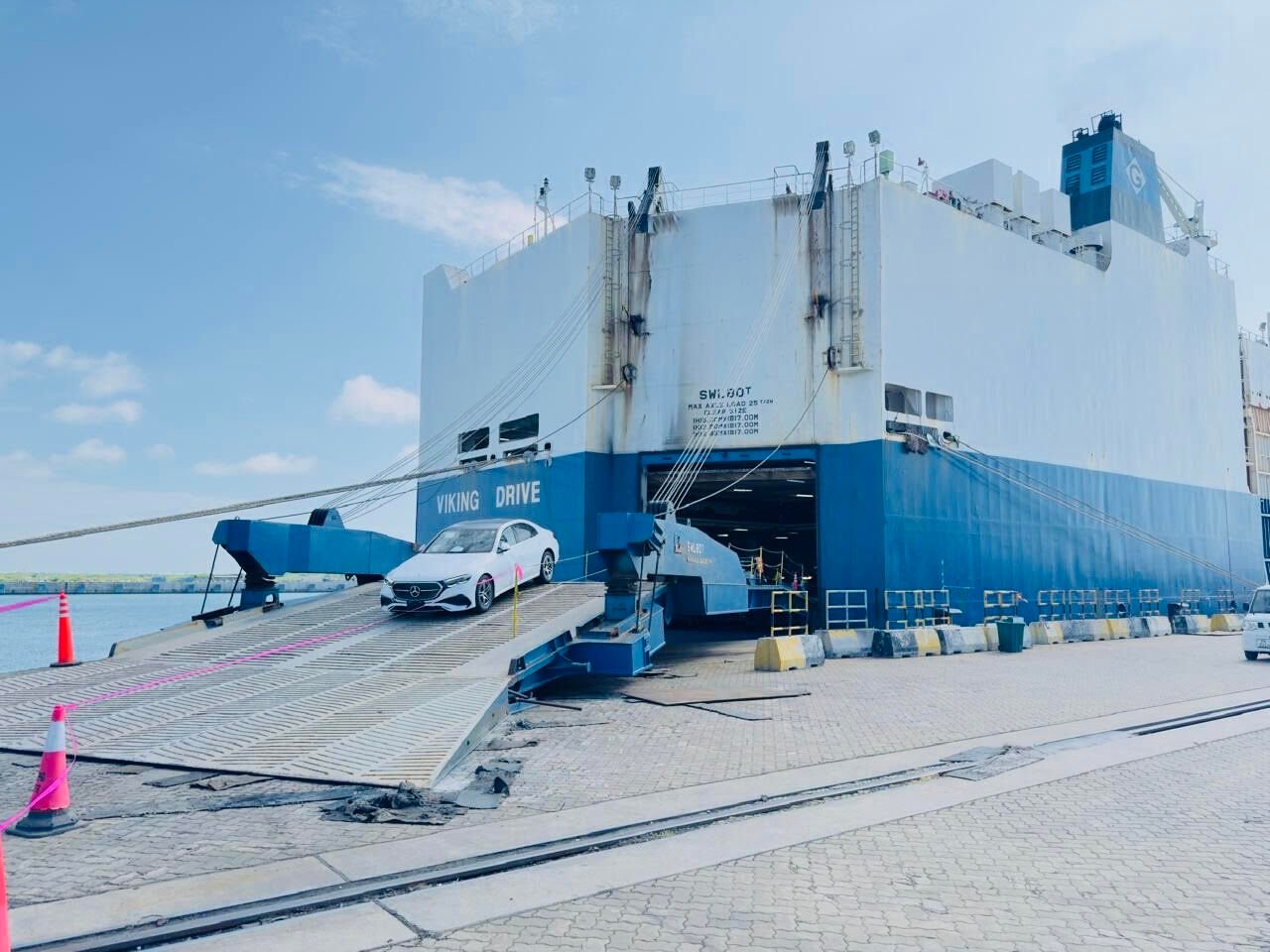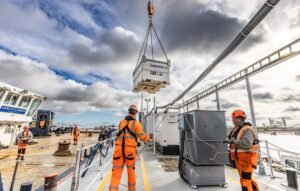Cargo throughput at Hambantota International Port (HIP) reached 6.02 million mt by September 2025, up 151% from 2.40 million mt a year earlier. The growth came despite congestion pressures following the lifting of Sri Lanka’s vehicle import restrictions.
HIP said it maintained operational efficiency through optimised yard management, rebalanced cargo flows, and increased manpower, allowing vessel operations to continue without disruption.
Beyond cargo handling, the port’s bunkering and energy services have seen notable expansion, contributing to overall growth.
In 2024, HIP reported strong gains in both LPG throughput and bunker fuel volumes, supported by new infrastructure investments and storage capacity upgrades. The port has been positioning itself as a regional refuelling and energy distribution centre alongside its growing role in vehicle and container trade.
A USD 41 million investment in cranes last year boosted HIP’s annual container capacity to 1 million TEUs, reinforcing its aim to serve as a comprehensive multipurpose maritime hub linking trade and energy flows across the Indian Ocean.
“As we push toward the year’s end, HIP remains resolute in delivering reliable service under growing demand. Our teams continue refining operational processes to absorb ongoing growth, and we stand ready to collaborate with stakeholders, shipping lines, and government bodies to support Sri Lanka’s broader trade, energy, and logistics goals,” said Wilson Qu, CEO of Hambantota International Port Group (HIPG).








